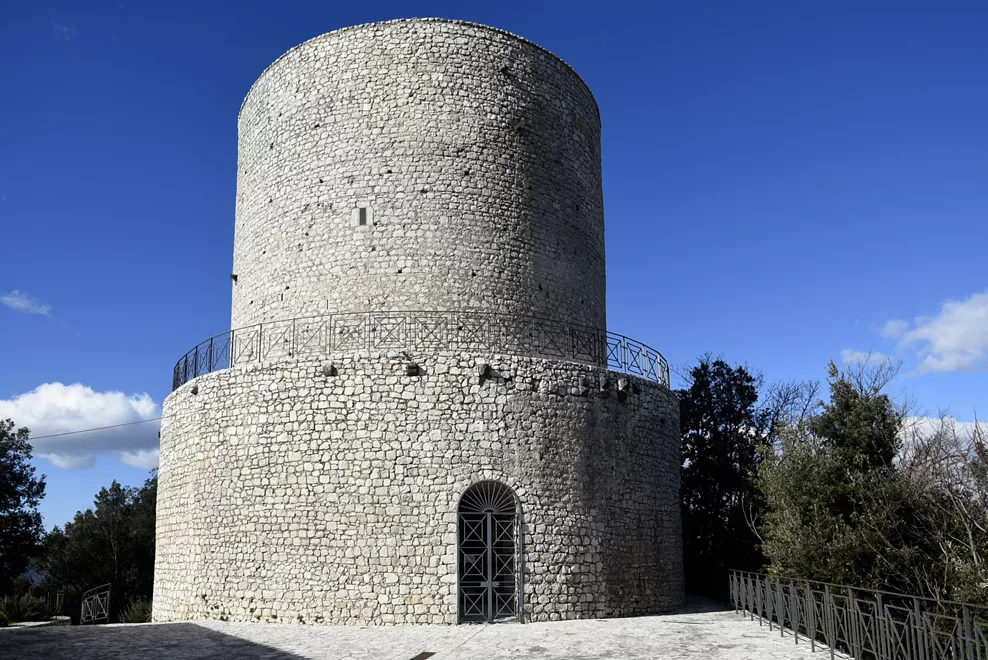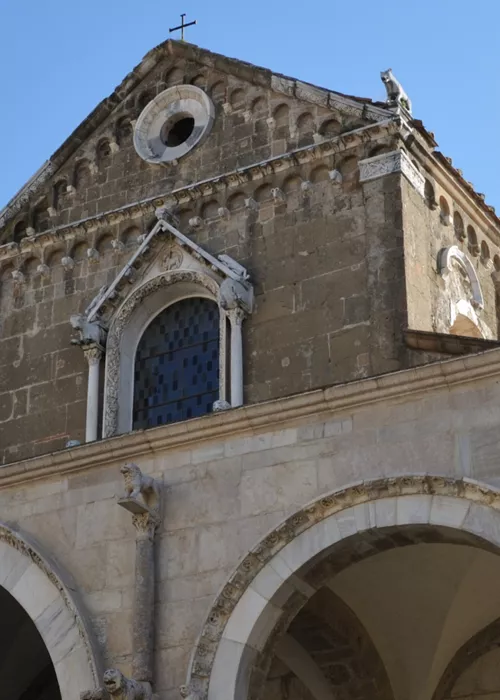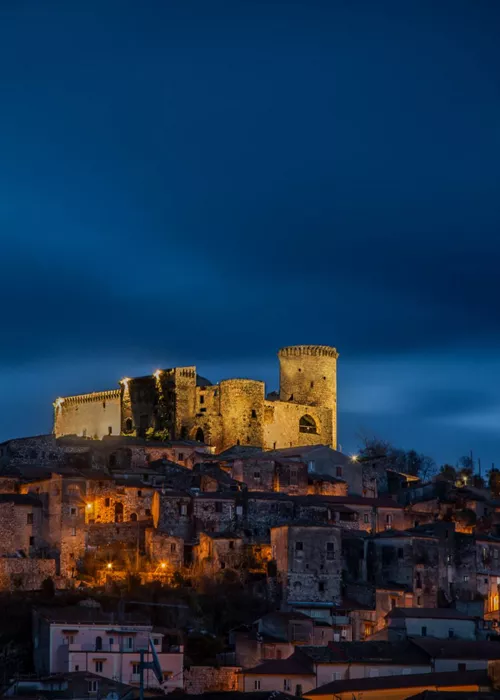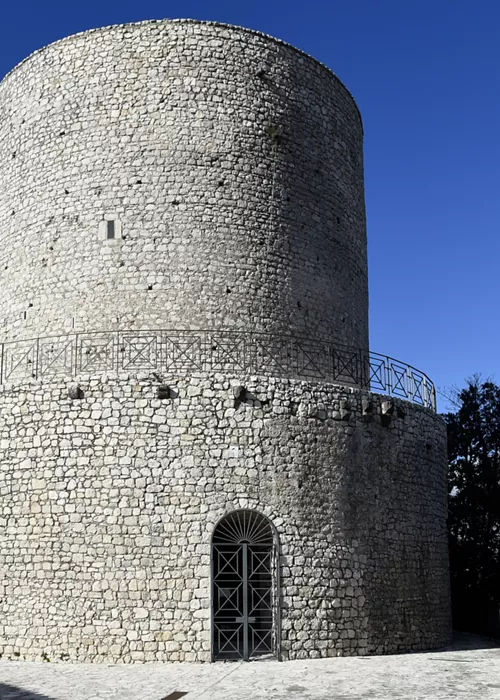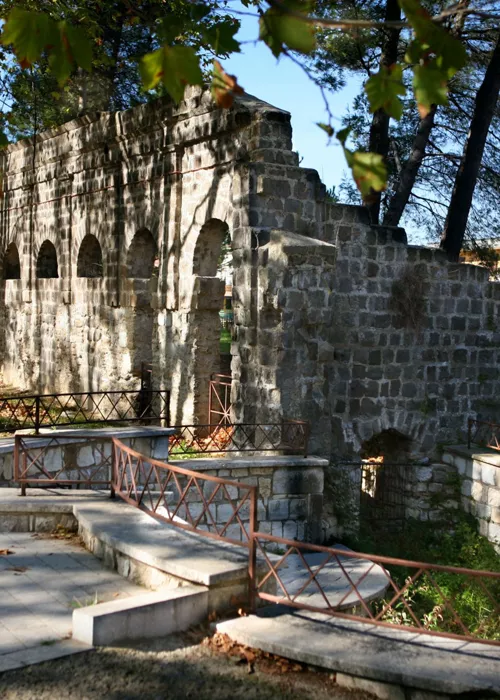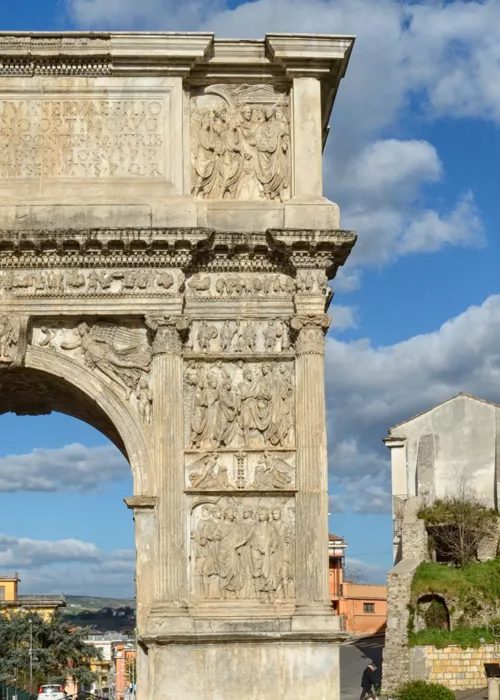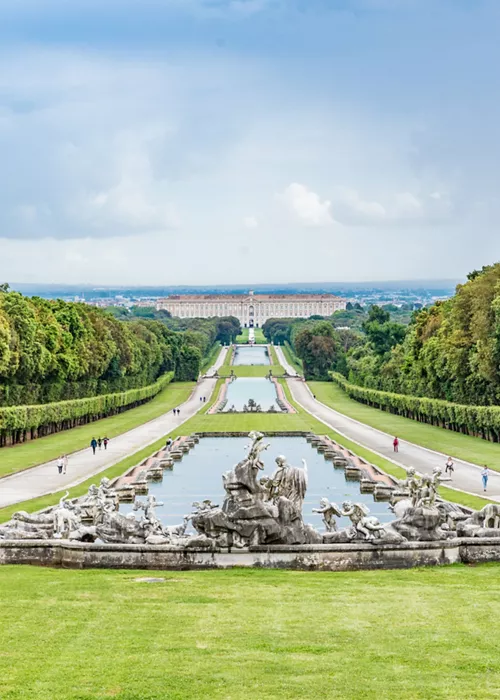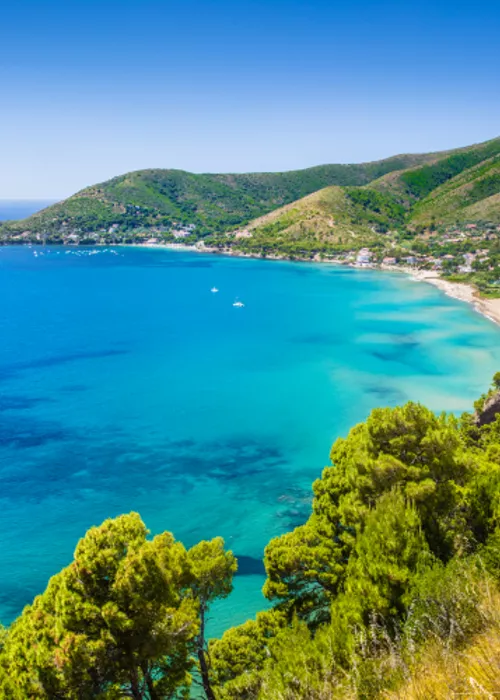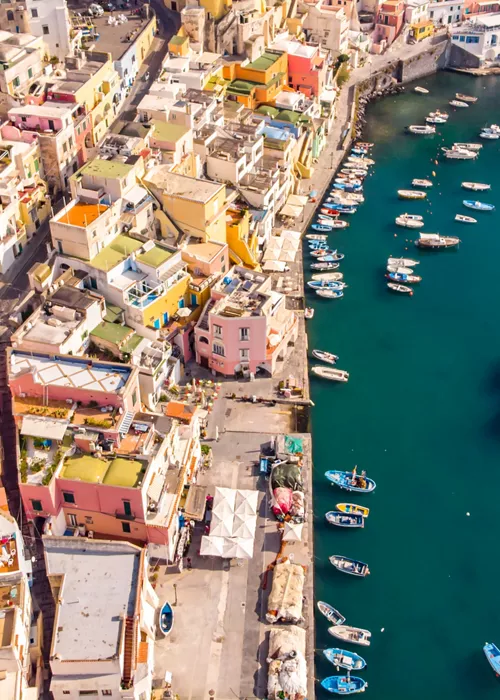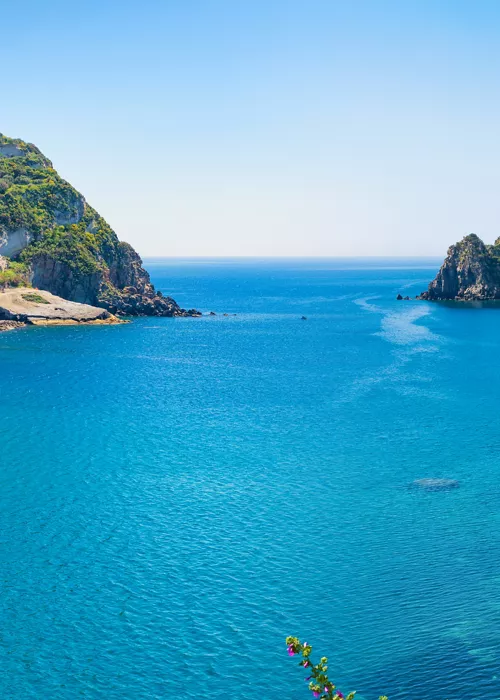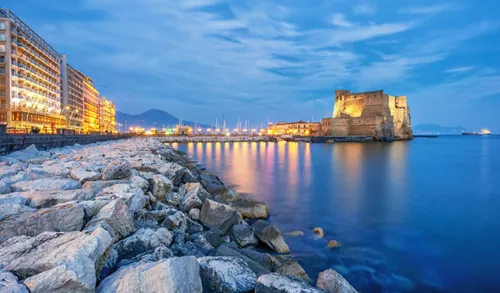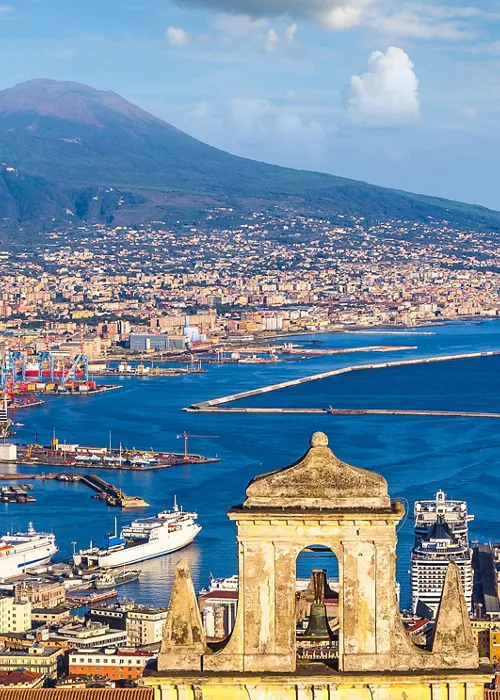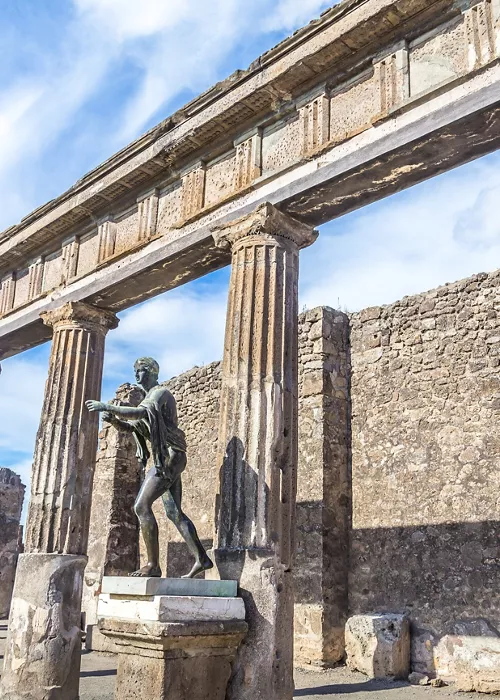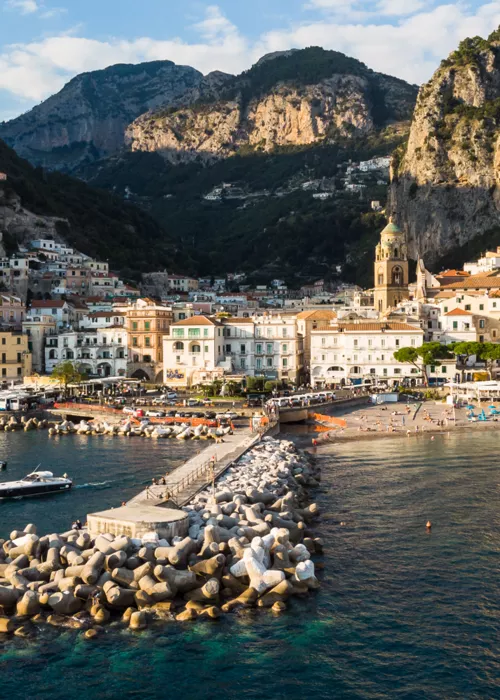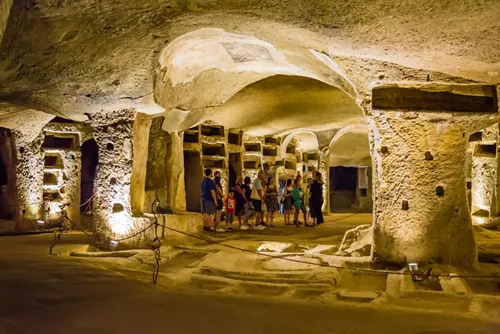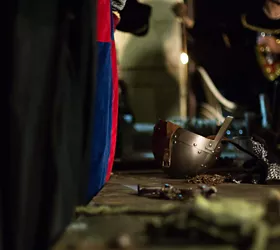The rich history of the Via Francigena in Campania
2 minutes
Cathedrals, castles, bridges and triumphal arches: history dominates the Via Francigena in Campania along a route hallmarked by the precious testimony of an amazing past. Here are 5 must-see places on a journey back in time.
The Cathedral of Sessa Aurunca
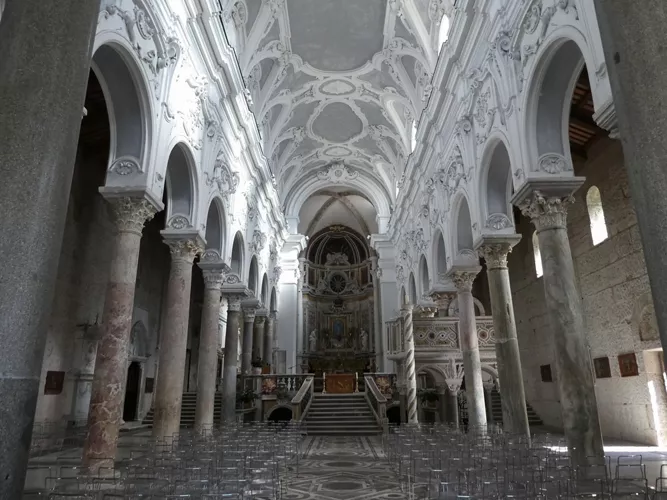
The Mediaeval Cathedral of Saint Peter & Paul is the main place of worship for this town in the province of Caserta. The characteristic, solemn arched portico of the façade is supported by columns of different sizes and shapes with precious decorative marble elements. The XIII century ambo has granite columns and finely worked capitals of particular artistic value. The interior is finished with mosaics, just like the floor of the crypt, itself supported by twenty columns.
Riardo Castle
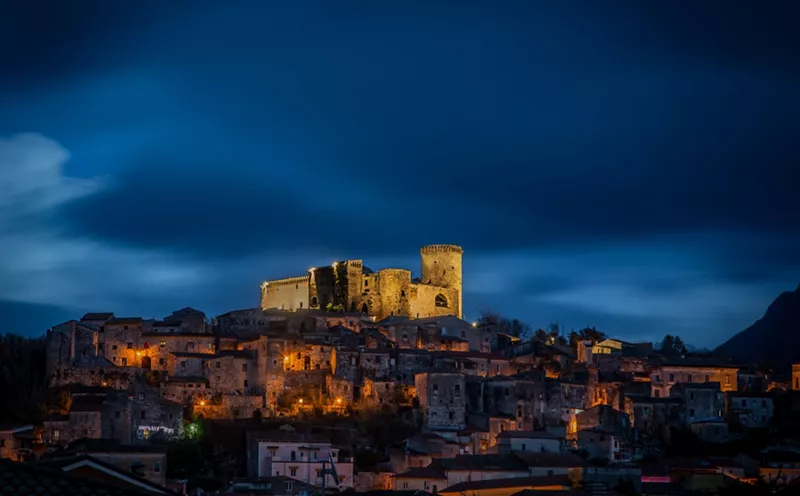
This Longobard castle dominates the ancient village in the Trebulani Mountains (province of Caserta) from the top of a hill, ensuring an evocative panoramic view as far as the sea from its enormous window. The main tower is noteworthy with its hollow walls, a staircase leading to the summit, the elephant-footed based and battlements. There is also a basement that is still largely to be explored.
The Fabio Massimo Roman bridge over the River Titerno
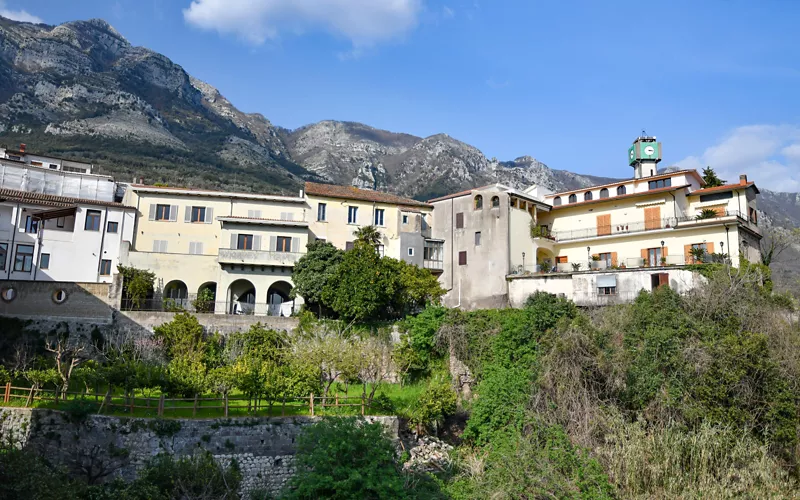
Standing near a gorge on the River Titerno, not far from Faicchio (province of Benevento), this ancient Roman bridge was rebuilt on a previous Samnite structure in stone and wood. Although it has been restored and altered several times over the years, it still retains two original arches: the largest arch and the one at the side. It is named after the Roman dictator Quinto Fabio Massimo who, according to tradition, passed here to stop Hannibal's advance during the Second Punic War.
The Spa of Telese
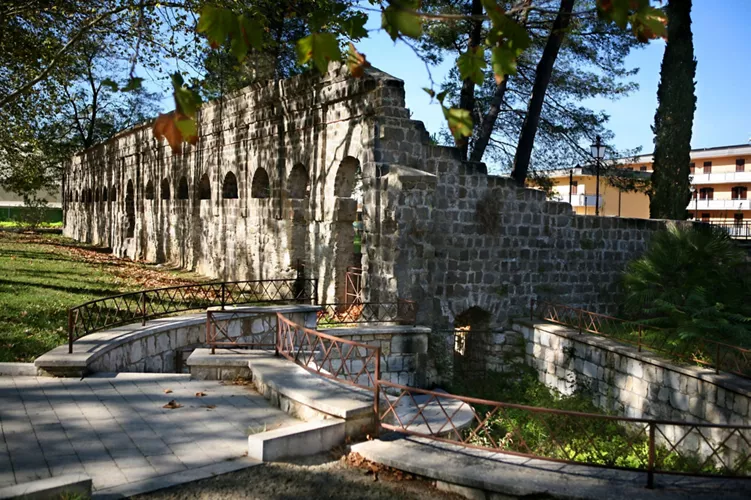
These ancient sulphurous mineral water spas in the Telesina Valley (province of Benevento) have healing and soothing properties in various contexts and for different treatments. The purpose-built spa complex also has an amphitheatre, aquatic gardens, springs and swimming pools ensuring 360° physical and mental regeneration. Relaxation is further assured by going as far as the relaxing panorama of nearby Lake Telese.
The Arch of Trajan in Benevento
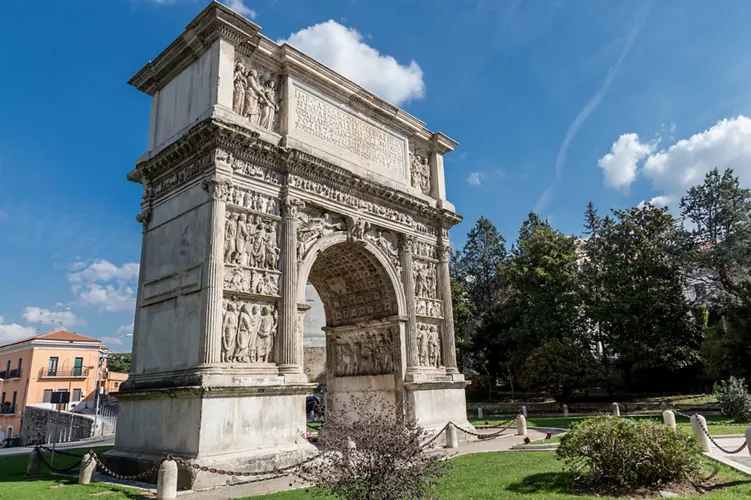
This grandiose monument is the symbol of the city and has remained almost intact with all its many decorative sculptural reliefs celebrating the deeds of Emperor Trajan. It was built in his honour when the Via Traiana was opened to shorten the route between Benevento and Brindisi compared to the Via Appia. The imposing Roman Theatre is close by and home to various outdoor performances in summer.

